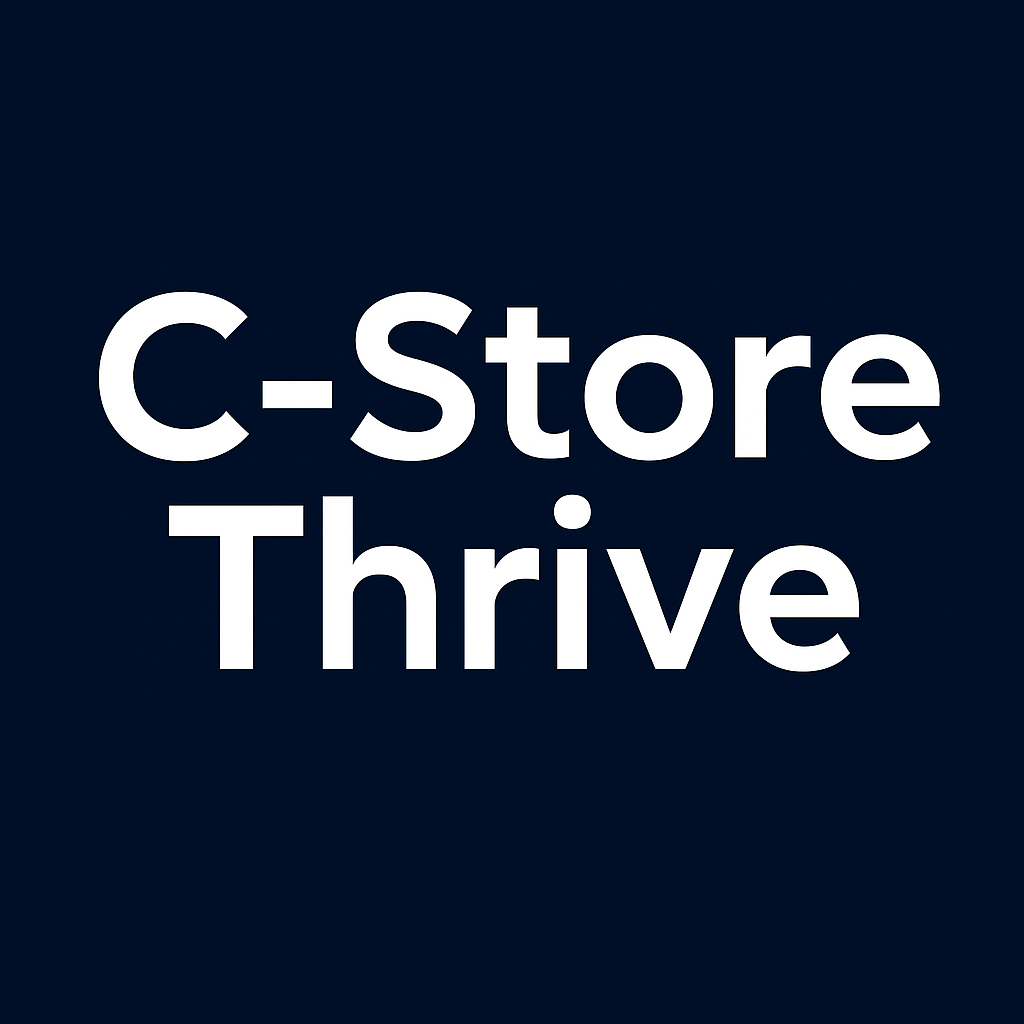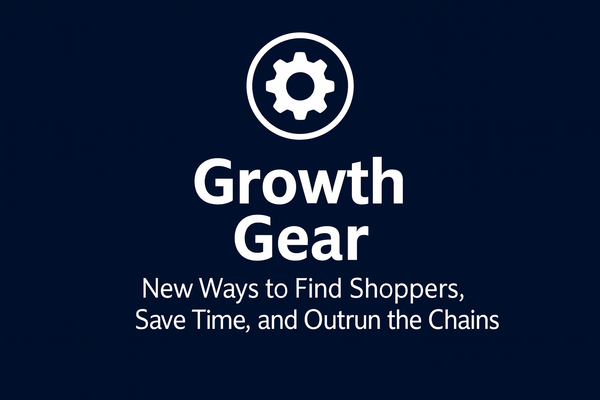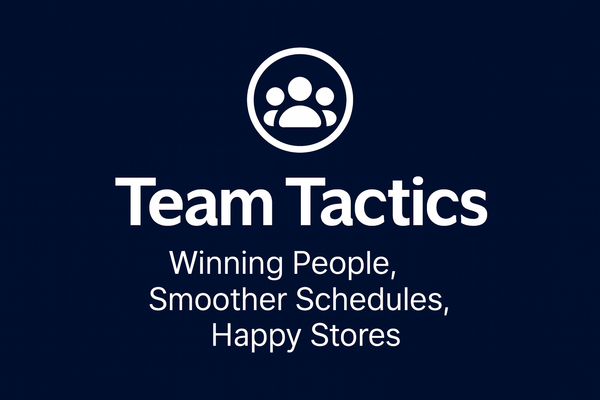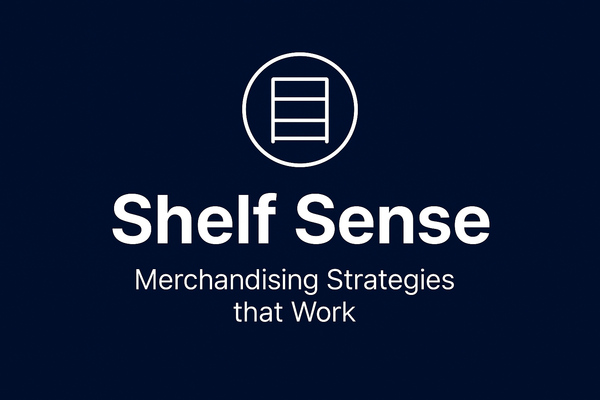Ka-Ching at the Counter: Maximizing Impulse Buys in the Golden Zone
The customer approaches the checkout counter, wallet already in hand, mind made up about their purchases. Or so they think. Then their eyes catch sight of those perfectly positioned beef jerky sticks. Into the basket it goes—an unplanned purchase that just boosted the store's transaction by 35%.
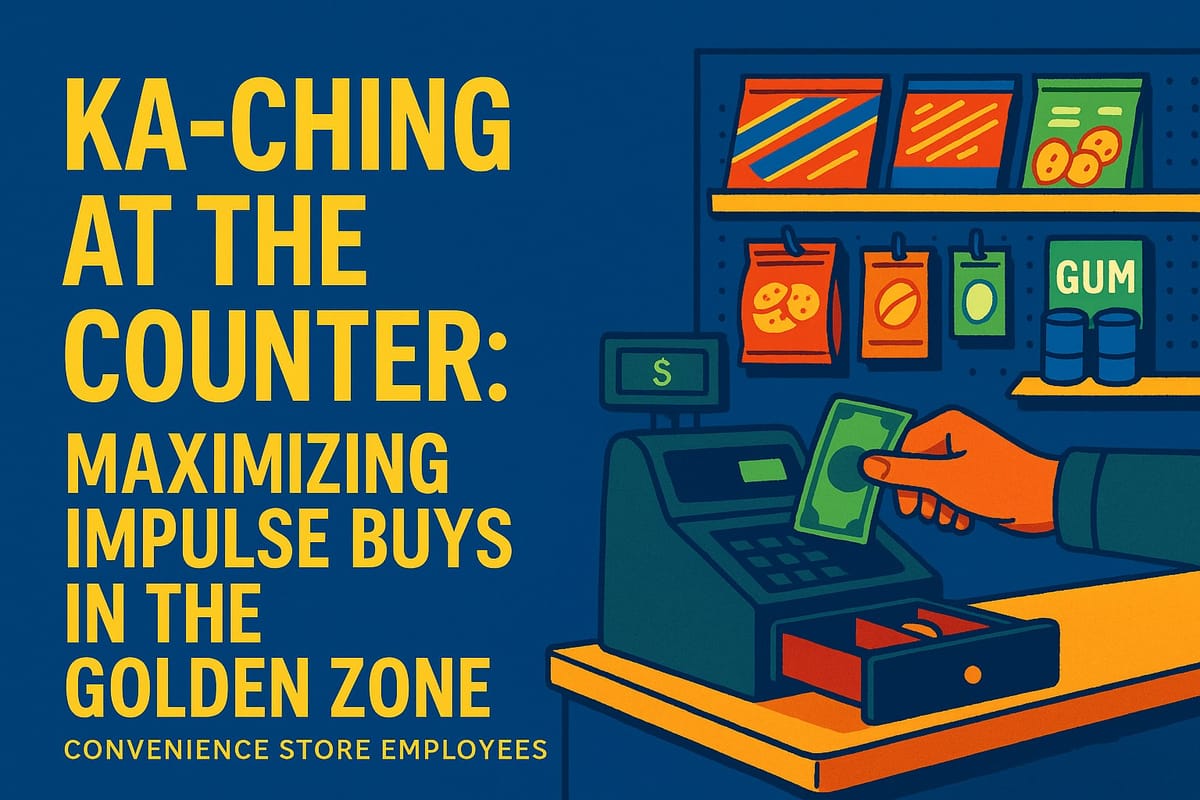
The customer approaches the checkout counter, wallet already in hand, mind made up about their purchases. Or so they think. Then their eyes catch sight of those perfectly positioned beef jerky sticks. Hmm, come to think of it, they are feeling a bit peckish. Into the basket it goes—an unplanned purchase that just boosted the store's transaction by 35%. That, ladies and gentlemen, is the magic of checkout impulse merchandising at work.
In the convenience store world, those final few feet before the register represent retail's most valuable real estate—a golden zone where shoppers make split-second, emotion-driven purchasing decisions that can dramatically impact a store's bottom line. With the average c-store customer spending just 3-4 minutes in-store, that checkout area becomes the final (and often only) opportunity to increase basket size.
The Psychology Behind the Ka-Ching
The human brain is a funny thing, especially when it comes to shopping. Having made the commitment to purchase something, customers experience what retail psychologists call "purchase momentum"—a temporary state where the psychological barrier to buying has already been broken, making additional purchases significantly easier.
"It's like dietary willpower," explains Dr. Renee Martinez, consumer behavior specialist. "Once you've decided to have a piece of cake, adding ice cream doesn't feel like a separate decision. In retail, once the wallet is out, that $1.99 pack of gum doesn't register as a new purchasing decision."
This momentum combines with other psychological factors at the checkout:
Decision fatigue has set in after making choices throughout the store, making customers more susceptible to impulse options requiring minimal deliberation.
The goal gradient effect means shoppers feel they're almost "finished" with the shopping task, creating a small mood boost that can translate to reward-based purchases.
Social pressure from being observed by the cashier and other waiting customers subtly discourages carefully evaluating checkout purchases.
Together, these create the perfect storm for impulse purchasing—a brief window where normal decision-making filters are at their weakest.
The Hard Numbers of Soft Impulses
For convenience stores operating on traditionally thin margins, checkout impulse purchases pack a serious profit punch.
Industry data reveals that while impulse items typically account for only 1-3% of a store's inventory, they can generate 4-8% of total sales and—here's the kicker—often contribute 10-15% of total profits due to their higher-than-average margins.
"Our basket analysis showed that customers who purchase at least one checkout display item spend an average of 27% more per visit than those who don't," shares Marcus Chen, operations director for a 30-store chain in the Midwest. "Even more interesting, they also visit our stores 1.3 times more frequently each month."
This frequency effect creates a double-whammy for successful impulse merchandising—not only does each transaction increase, but the number of transactions per customer rises too.
Location, Location, Location: The Impulse Geography
Not all checkout space is created equal. Seasoned c-store managers know that specific zones around the register outperform others by significant margins.
The direct eye-line zone—products positioned at adult eye level directly behind or beside the cashier—typically performs 35-40% better than any other location. This prime territory often hosts high-margin items like premium candy bars, energy shots, or electronic accessories.
The immediate reach zone—items within arm's reach while standing at the register—shows strong performance for small-ticket items that require minimal consideration, like gum, mints, and lip balm.
The queue containment zone—merchandising that shapes and entertains the waiting line—works best with visually appealing items that benefit from a slightly longer viewing time, such as limited-time offers or seasonal specialties.
The pre-approach zone—the final 3-5 feet before reaching the register—functions as a transition area where customers begin mentally preparing for checkout. This spot works well for slightly larger impulse items like beverages or snack packs.
"We completely reorganized our checkout areas based on heat-mapping customer eye movements," explains Tanya Williams, a merchandising specialist. "Simply moving our premium beef jerky from the queue containment area to the direct eye-line zone increased its sales by 53% with no other changes."
The Perfect Impulse Product Mix
The most successful c-stores carefully curate their checkout offerings rather than simply placing random high-margin items at the register. The ideal impulse product mix balances several factors:
High margin percentage is obviously important, but volume matters too. A $1.99 item with 50% margin ($1.00 profit) that sells 10 units daily contributes more than a $9.99 item with 40% margin ($4.00 profit) that sells once a week.
Quick consumability drives impulse purchases for food and beverages. Items that can be consumed immediately—while walking to the car or driving to the next destination—outperform products meant for later consumption.
Emotional triggers significantly impact conversion rates. Products that promise immediate mood enhancement (treats, energy boosts) or solve immediate problems (headache relievers, phone chargers) convert at 2-3 times the rate of more neutral offerings.
Seasonal relevance creates urgency and freshness. Top-performing stores rotate 15-25% of their impulse merchandise monthly, with seasonal items often performing 40-60% better than standard offerings during their peak periods.
Bill Thompson, who manages a high-volume truck stop, notes: "We noticed our checkout conversion rates dropping slightly after about three weeks with the same display. Customers become 'blind' to items they've already decided not to purchase multiple times. Now we rotate at least one checkout display weekly, and our impulse attachment rate has improved by almost 22%."
Size Matters: The New Mini Revolution
One of the most significant trends in checkout merchandising has been the proliferation of miniaturized versions of popular products created specifically for impulse purchases.
These scaled-down offerings succeed for several reasons:
Lower price points reduce purchase resistance. The psychological barrier to adding a $1.49 mini-chocolate bar is substantially lower than its $3.99 full-sized counterpart.
Portion control appeal gives permission to indulge. Customers can satisfy cravings without committing to a full-sized product they may later regret.
Physical handling advantage means these products fit easily into the existing purchase without requiring additional bags or carrying capacity.
"We've seen tremendous success with these mini-formats," shares Alicia Gomez, category manager for a southern convenience chain. "Our mini premium chocolate bars have an attachment rate nearly four times higher than their standard-sized versions, despite being positioned in the exact same checkout location."
Manufacturers have taken notice, with major brands now offering specialized "front-end" packaging designed specifically for the unique requirements of checkout placement—smaller footprints, vertical orientation for pegboard display, and more vibrant colors to grab attention in a visually cluttered environment.
Tech Meets Impulse: Digital Enhancement
The latest evolution in checkout merchandising integrates digital technology to boost traditional physical displays.
Digital screen prompts synchronized with POS systems can suggest relevant add-ons based on current purchases. A customer buying coffee might trigger a prompt for a breakfast sandwich, while afternoon beer purchases might suggest a snack pairing.
"Our cashier-facing suggestion system increased successful upsells by 37%," reports Jason Kumar, IT director for a northeastern chain. "The key was keeping it simple—just one relevant suggestion per transaction that appears at exactly the right moment in the checkout flow."
Mobile payment systems have created new opportunities, too. Some forward-thinking chains now offer "digital checkout lanes" where impulse suggestions appear in-app during the payment process, with options to add items to the current transaction with a single tap.
Even traditional checkout areas benefit from subtle tech integration. Motion-activated LED highlighting, for instance, draws attention to specific high-margin products when customer movement is detected at the register.
The Human Element: Cashiers as Impulse Catalysts
While merchandising science and technology drive significant improvements, the most powerful impulse purchase tool remains the human behind the counter.
Cashiers who make natural, relevant suggestions based on customer purchases convert at rates 3-5 times higher than even the best passive displays. The keyword is "natural"—scripted upsell lines typically underperform authentic recommendations.
"We moved away from mandated upsell scripts to a more consultative approach," explains Denise Parker, training manager for a mid-sized chain. "Instead of requiring cashiers to suggest the same item to everyone, we train them to make relevant connections based on what the customer is already buying. The results have been remarkable—our checkout attachment rate increased from 22% to 41% within three months."
Successful programs often include:
Product knowledge mini-sessions where staff sample and discuss new or featured impulse items during shift changes, creating authentic enthusiasm.
Incentive programs tied specifically to impulse attachment rates rather than total sales, encouraging focus on this high-margin opportunity.
Personalization permission that empowers cashiers to make suggestions based on weather, time of day, or customer-specific observations.
Raj Patel, who transformed his family's struggling convenience store into a high-performer, puts it this way: "The best impulse selling happens when it doesn't feel like selling at all—just a helpful person making a relevant suggestion at exactly the right moment."
Putting It All Together: The Impulse Ecosystem
The most successful c-stores view checkout merchandising not as isolated products but as a carefully orchestrated ecosystem where physical placement, product selection, technology, and human interaction work together.
This holistic approach typically includes:
Regular performance analysis that tracks not just which products sell best but which specific combinations and placements outperform others.
Daypart adjustments where checkout offerings shift throughout the day to match changing customer profiles—morning commuters respond to different impulse triggers than evening shoppers.
Cashier feedback loops that incorporate frontline observations about customer responses to different impulse offerings.
Competitive shopping to identify successful tactics being employed by other retailers, both within and outside the convenience channel.
The 12-18 inches surrounding a convenience store checkout may seem like a small canvas, but for retailers who master its potential, it represents one of the most powerful profit engines in the entire store.
As veteran c-store operator Meredith Johnson sums it up: "In a business where overall margins keep getting squeezed, those last-second impulse purchases often make the difference between a profitable day and just breaking even. The stores that get it right don't just make a few extra bucks—they fundamentally change their financial equation."
For the convenience store looking to boost profitability without major investment, there's perhaps no more lucrative focus than mastering the art and science of that magical moment when a customer stands at the counter, wallet out, receptive to just one more perfectly positioned offer.
